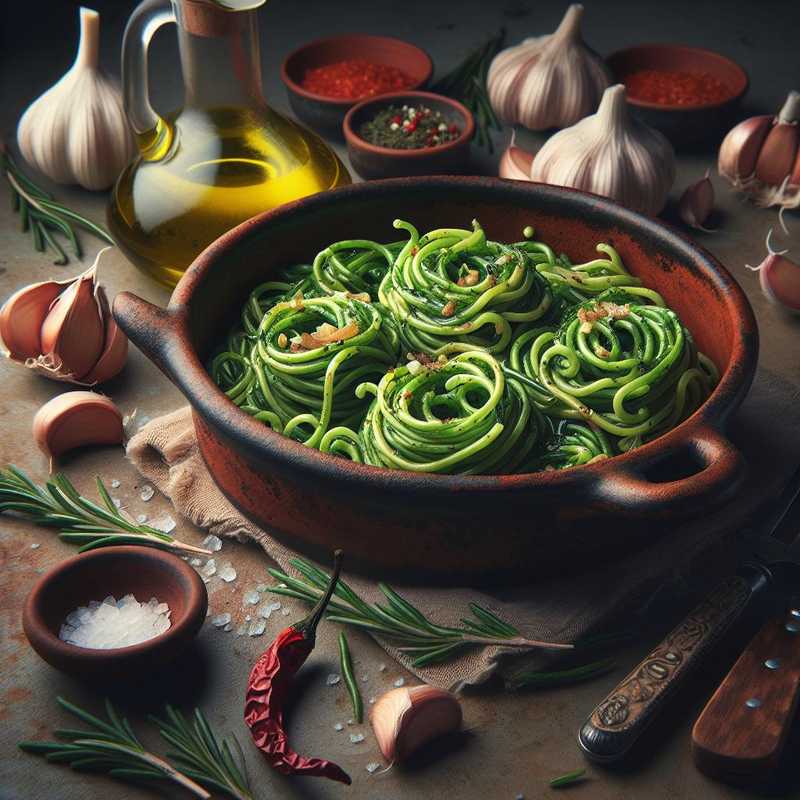Monk's beard nests
17/11/2023Monk’s beard nests are a delicate and elegant spring dish. The nests are generally made with monk’s beard, also known as friar’s beard, a vegetable slightly salty and earthy in flavor. They can be paired with ingredients like eggs, bacon or cheeses to create a contrast of flavors and textures. Here is the recipe for simple and tasty monk’s beard nests.
Ingredients
- 300 g of monk’s beard (friar’s beard)
- 2 eggs (used to make the ‘nests’)
- 50 g of diced bacon (optional)
- 2 tablespoons of extra virgin olive oil
- Salt and pepper to taste
- White vinegar or wine vinegar (for cleaning the monk’s beard)
- Grated Parmesan cheese (optional, to serve)
Preparation
- Clean the monk’s beard by removing the roots and the hard parts. Wash it in cold water with a little vinegar to remove any earthy residue.
- Bring a pot of salted water to a boil and blanch the monk’s beard for about 5 minutes. Drain and plunge into cold water to stop the cooking process and maintain a bright color.
- In a non-stick frying pan, brown the diced bacon without adding any fats until it becomes crispy. Remove the bacon and set aside.
- In the same pan, add a drizzle of oil and the well-drained monk’s beard. Sauté for a few minutes to flavor and dry them.
- Form two ‘nests’ with the monk’s beard in the pan, make a space in the center, and crack an egg into each nest. Cover and cook the eggs until the desired level of doneness is reached.
- Season with salt and pepper to taste and, if you like, sprinkle with grated Parmesan cheese.
- Plate the nests with a bit of crispy bacon on top or around for an extra touch of taste.
Suggestion:
If you want an extra Italian touch, add some Parmesan cheese or a drizzle of balsamic vinegar of Modena when serving. The nests are excellent served with a side of baked potatoes or a fresh spring salad.
This dish represents an innovative and pleasing way to present monk’s beard, transforming a simple vegetable into a unique dish rich in different flavors and textures. Monk’s beard with its unique taste evokes Italian tradition while respecting seasonality.
